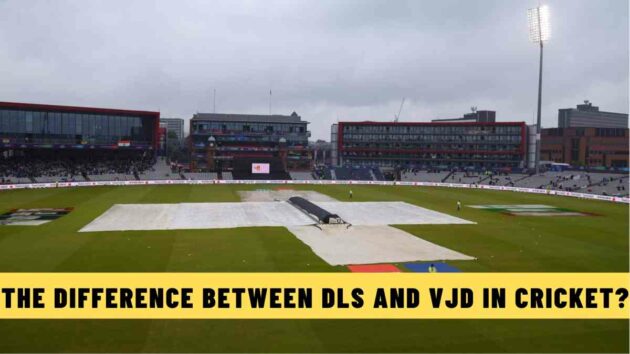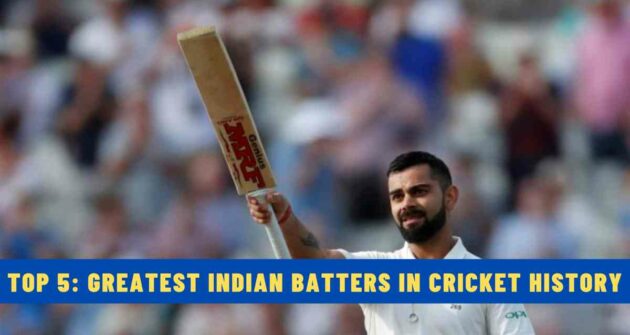In this ever-changing cricketing world, mathematical formulas have played a big role in revising targets in rain-affected games through the DLS (Duckworth Lewis Stern) method and the V Jayadevan (VJD) method.
Frank Duckworth and Tony Lewis developed the Duckworth-Lewis method, which was adopted by the ICC in 1999. Steven Stern later revised it for T20 cricket, making it the Duckworth-Lewis-Stern method.
The VJD method is a new system that was developed by V Jayadevan with statistical methods to calculate targets but operates differently through two methods to calculate scoring patterns based on how a match progresses.
Both methods play a balancing act when weather disrupts play by ensuring revised targets are fair. The DLS system calculates targets depending on overs and wickets remaining. It has witnessed updates to assuage complications in high-scoring games and balance them with calculations. VJD isn’t used consistently like DLS but it has a different approach by highlighting how teams should score quickly after interruptions by differentiating between wickets in hand and overs remaining.
With the game witnessing big totals and more interruptions, the debate on whether both methods provide authenticated targets goes on. The debate underlines the technicalities of the game’s rules and also the efforts of the ICC and other cricketing associations to retune and adopt these calculations to match the changing fundamentals.
Table of Contents
DLS System
- A statistical approach is adopted based on overs and wickets left and is updated to highlight changes in scoring systems.
- It has complications and technical calculations but is used in International games and ICC events.
- The historical performance or reputation of teams isn’t considered, and target setting is complex in high-scoring games.
VJD System
- The data from past games is used for match situations and is said to be effective for scoring rates as the system is more realistic and transparent.
- It is used in Indian domestic cricket, and statistics from earlier games are used for setting targets and providing targets authentically as per match situations.
- It isn’t accepted internationally.
Also Read | How Does Hawk-Eye Technology Work in Cricket?
DLS vs VJD: Comparing Both Methods through Examples
When India faced Australia in a T20I game, Australia’s score was revised from 158 to 173, assuming if the rain hadn’t interrupted, Australia could have scored 200. But it was criticised, saying India had a strong bowling unit, so Australia could have touched just 185. It showcases DLS should be reevaluated keeping in mind the match conditions and performances.
When South Africa faced Pakistan, the VJD method set a target of 226 in place of the 232 set by DLS, keeping in mind the match situation. This highlights that VJD is consistent in adjusting fair targets.
DLS vs VJD: Comparing Mathematical Analysis
DLS calculations are done based on wickets lost and overs played, leading to higher targets, while VJD calculates depending on the runs scored and runs yet to be scored based on overs left regardless of wickets lost.
This can change target patterns during interruptions. Under DLS, a high target might be set in a high-scoring game, while under VJD, a fair target will be set that makes the game competitive.
Conclusion
As the debate continues on which is more effective of the two, both methods need to be reanalysed and constantly evaluated to ensure fairness in the ever-changing scenario of the game.
Read Next | What is a Yo-Yo Test in Cricket? – Explained











